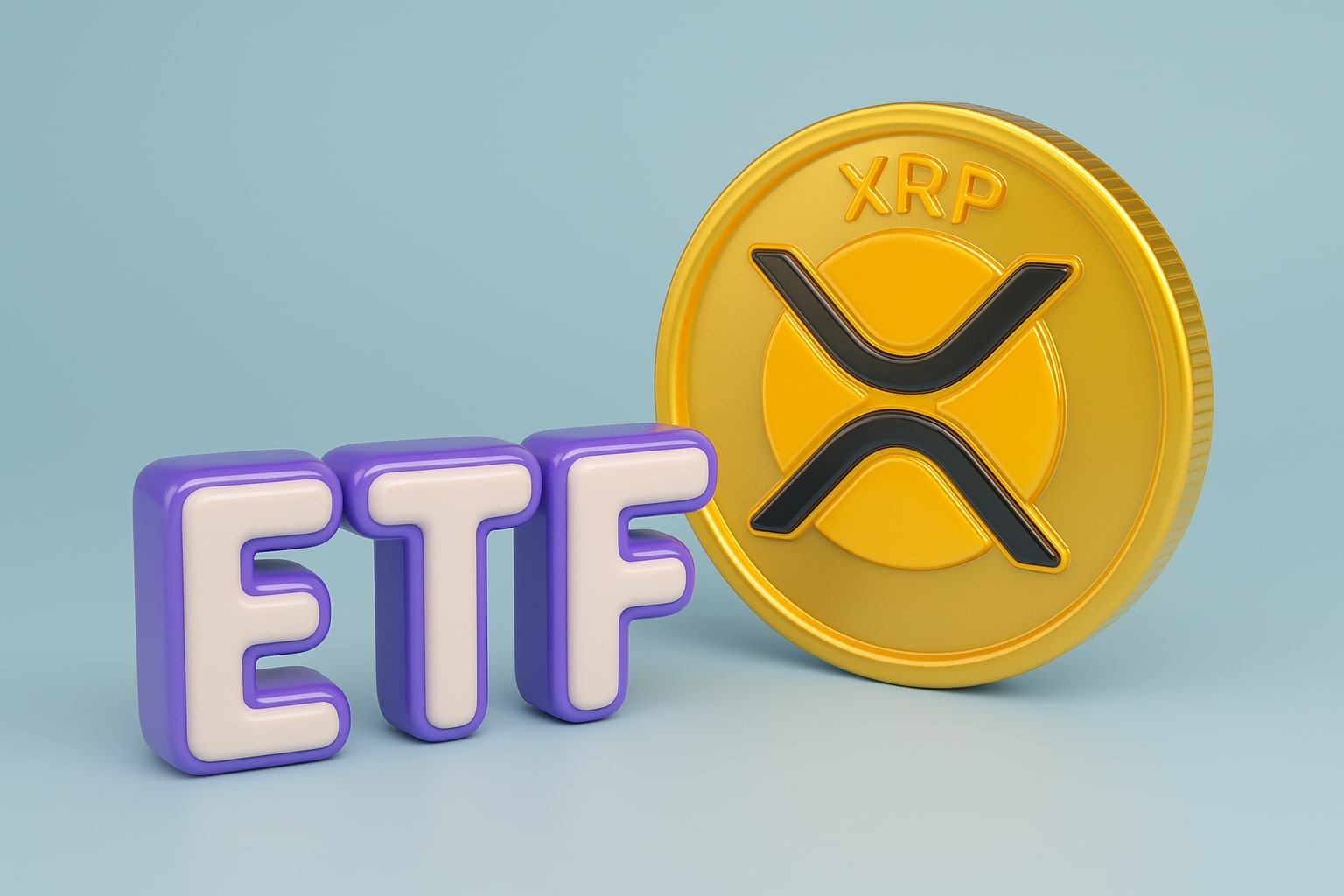
Natural Gas Price (NG=F) Tests $3.01 as Storage Surpluses Pressure Market
With inventories above average and LNG flows inconsistent, natural gas faces bearish pressure below $3.02, while resistance at $3.21 caps rallies | That's TradingNEWS
Natural Gas (NG=F) Price Outlook – Pressure From Storage, LNG Volatility, and Weather Uncertainty
Current Market Positioning of NG=F
Natural Gas futures (NG=F) slipped back toward the $3.00/MMBtu level, retreating 3.1% to $3.019 in New York trading after testing resistance at $3.21 earlier this week. The move reflects renewed selling pressure as storage surpluses and muted weather-driven demand outweigh bullish technicals. Prices have been oscillating within a narrow corridor, with today’s expected trading range set between $2.82 and $3.15, showing a bearish skew in the short term.
Technical Framework and Momentum Signals
The contract is facing consistent rejection around the 55-day moving average near $3.21, while stochastic oscillators sliding below the 50 mark reinforce downside momentum. A decisive drop beneath $3.02 could trigger further liquidation toward the next supports at $2.81 and $2.62. Conversely, if bulls manage to reclaim $3.21 and close above resistance, upside projections extend toward $3.31, a level that aligns with August highs. For now, momentum indicators remain bearish, tilting market sentiment toward another leg lower before winter demand kicks in.
Storage Builds and Supply Balances
The bearish undertone is amplified by robust U.S. storage injections. Traders expect the upcoming EIA report to confirm another large build, maintaining inventories well above the five-year average. Surpluses limit the urgency for near-term buying, especially with October contracts trading before the peak heating season. Analysts note that higher prices further down the forward curve are already restraining production, creating a potential setup for volatility once winter arrives, but the spot market remains heavy under the weight of current supply.
Read More
-
PFFA ETF Nears $21.50 as Rate Cuts and 9.49% Yield Spark Renewed Demand
29.11.2025 · TradingNEWS ArchiveStocks
-
XRPI and XRPR ETFs Ignite Ripple’s Institutional Rally as Inflows Near $1B and XRP Holds $2.20
29.11.2025 · TradingNEWS ArchiveCrypto
-
Natural Gas Price Forecast - NG=F Blasts to $4.85 as Demand Surge Fuel Multi-Month Breakout
29.11.2025 · TradingNEWS ArchiveCommodities
-
USD/JPY Price Forecast - Yen to Dollar Slides to 156.10 as Yen Strengthens on Fed Cut Expectations
29.11.2025 · TradingNEWS ArchiveForex
LNG Feed Gas and Export Trends
Feed gas flows into major export terminals like Sabine Pass and Cameron LNG have been inconsistent, keeping LNG-linked demand from offsetting domestic oversupply. Weak nominations into facilities like El Paso Permian and Waha Hub pressured regional cash prices, with intraday swings of 10–20 cents common across hubs from Henry to PG&E Citygate. Traders point out that LNG demand must recover strongly in Q4 to absorb surpluses, otherwise U.S. balances risk further loosening.
Global Dynamics: Europe and Asia Shaping Sentiment
International benchmarks are adding to the volatility. The Dutch TTF benchmark ticked up 0.7% to €33.17/MWh, driven by geopolitical risk after Israeli strikes in Qatar—a key LNG supplier to Asia and Europe. The EU is simultaneously weighing new sanctions on Russian banks and energy companies, which could tighten flows and raise European gas reliance on U.S. LNG. In Asia, forward demand contracts remain firm, but spot market appetite has cooled, reflecting milder weather and ample stockpiles across Northeast Asia. This divergence between long-term contracts and near-term spot cargoes limits upside for NG=F until winter consumption accelerates.
Weather Outlook and Demand Expectations
October forecasts remain critical. Current models show conditions slightly cooler than the five-year average, which could stimulate additional heating demand. Still, U.S. weather has been relatively mild, muting both cooling and heating loads. Traders are closely monitoring September draws to gauge how quickly storage levels adjust heading into peak season. Without a substantial cold-weather event, the market risks staying capped around $3.00–$3.10 in the immediate term.
Regional Spot Prices Across U.S. Hubs
Spot market moves reflect regional imbalances. Henry Hub traded around $3.00 with little movement, while Algonquin Citygate softened by $0.05, highlighting weak Northeast demand. SoCal Citygate firmed by nearly $0.10, reflecting lingering tightness in California. In Canada, NOVA/AECO C jumped $0.27, underscoring localized supply constraints. Regional volatility highlights how transportation bottlenecks and pipeline maintenance continue to distort spot pricing even as national balances lean bearish.
Medium-Term Perspective and Market Risks
Despite short-term weakness, medium-term technicals still look constructive. Analysts caution that a bullish EIA storage surprise could quickly reignite momentum, sending NG=F back above $3.20. Structural risks remain tied to geopolitics and export reliability. Any disruption to LNG loadings from the Gulf Coast or sanctions-related supply shocks in Europe could ripple back into U.S. benchmarks. On the flip side, if storage levels continue to balloon above seasonal averages while weather stays mild, natural gas could retest $2.62, levels last seen in June.



















